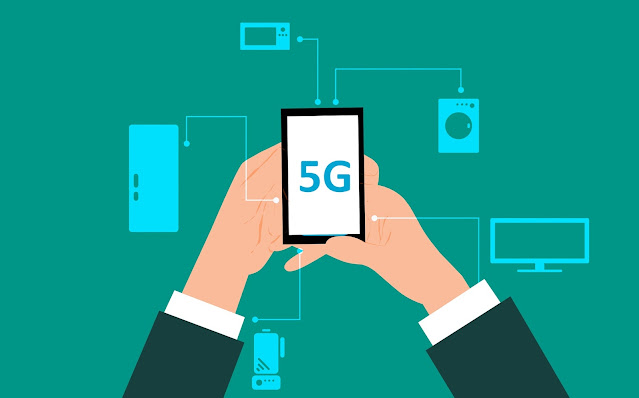Top 15 Facts About 5G Technology
5G exists in the 5th era of cellular network technology. It is designed to provide faster speeds, lower latency, and more capacity than previous generations of cellular technology, such as 4G.
One of the key differences between 5G and previous generations is that it uses a broader range of frequency bands for communication. 5G networks use both low-band, mid-band, and high-band frequencies, including sub-1 GHz bands and millimeter wave bands above 24 GHz. Low-band frequencies, such as those used for 4G networks, have good penetration through walls and other obstacles but are limited in terms of the speed and capacity they can provide. High-band frequencies, on the other hand, can provide much faster speeds and more power, but have poor penetration and are easily blocked by obstacles. By using a combination of low-, mid-, and high-band frequencies, 5G networks can provide a balance of speed, capacity, and coverage.
Another important aspect of 5G is its support for a wide variety of use cases, beyond just smartphones. 5G networks can be used to connect a wide range of devices, including self-driving cars, industrial automation systems, and internet of things (IoT) devices. In addition, 5G networks are designed to be more flexible and programmable than previous generations, allowing for the creation of customized network slices that can be tailored to specific use cases and industries.
5G also features improved network architecture compared to 4G. It utilizes a more decentralized structure with more intelligence distributed throughout the network. This allows for faster decision-making and improved capacity.
In terms of actual speeds and latencies, 5G networks are capable of providing data speeds that are several times faster than 4G networks. The maximum theoretical speed of 5G is around 10 Gbps, while the maximum practical speed is around 2 Gbps. Latency is also significantly lower on 5G networks than on 4G, with round-trip latencies of just a few milliseconds.
However, it's worth noting that the actual speeds and latencies that can be achieved with 5G will vary depending on several factors, including the frequency bands used, the density of cell sites, and the number of users on the network. And 5G rollout is still in progress, while some cities and regions have full coverage, in many places the rollout is just getting started and will take time before it becomes fully available.
Top 15 Facts About 5G Technology
While 5G is still in its early days, it is expected to bring many benefits to users and industries, including faster download and upload speeds, improved performance for streaming and gaming, lower latency for real-time applications, and more reliable connections for mission-critical applications.
5G is the fifth generation of cellular network technology and is designed to provide faster speeds, lower latency, and more capacity than previous generations.
5G uses a broader range of frequency bands for communication, including low-band, mid-band, and high-band frequencies. Low-band frequencies have good penetration but are limited in terms of speed and capacity, while high-band frequencies can provide much faster speeds and more capacity but have poor penetration.
5G supports a wide variety of use cases, including smartphones, self-driving cars, industrial automation systems, and internet of things (IoT) devices.
5G is designed to be more flexible and programmable than previous generations, allowing for the creation of customized network slices that can be tailored to specific use cases and industries.
5G can provide the maximum theoretical speed of 10 Gbps and a practical speed of 2 Gbps, that's several times faster than 4G networks.
5G networks will have much lower latency as well, as low as a few milliseconds
5G uses a new, more efficient modulation technique called OFDM (Orthogonal Frequency Division Multiplexing)
5G uses a new type of multiplexing called FDMA (Frequency Division Multiple Access)
5G will allow for many more devices to connect to the network at the same time, thanks to the use of a new technology called Massive MIMO (Multiple Input Multiple Output)
5G will allow for high-definition video streaming, virtual reality and augmented reality, and other bandwidth-intensive applications
5G will make it possible to connect devices with very low power requirements, such as sensors and other IoT devices, using a technology called NB-IoT (Narrowband IoT)
5G will also enable the creation of "smart cities", which will use IoT devices and other technologies to improve the lives of citizens
5G can be used to improve safety in areas such as transportation and healthcare
5G will also be used in industrial automation and other applications that require low latency, high-speed communication, and high reliability.
5G networks are designed to be more secure than previous generations and will use advanced encryption methods to protect data and prevent hacking.
It's worth noting that the 5G rollout is still in progress and in many places is still under development, so the above-mentioned facts might vary depending on the location, carrier, etc.











0 Comments